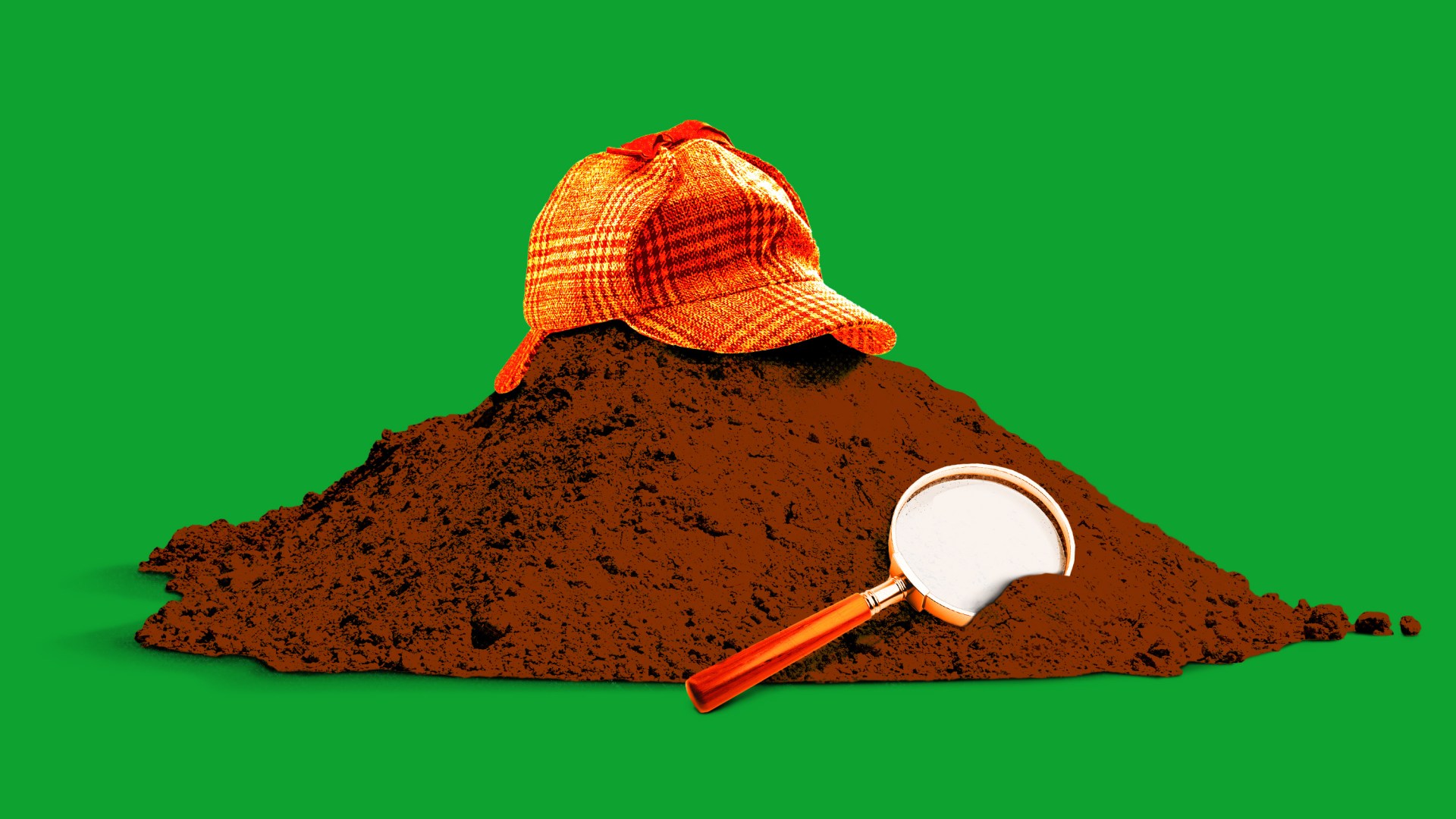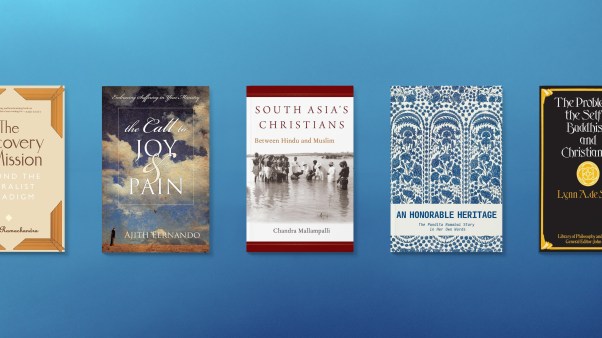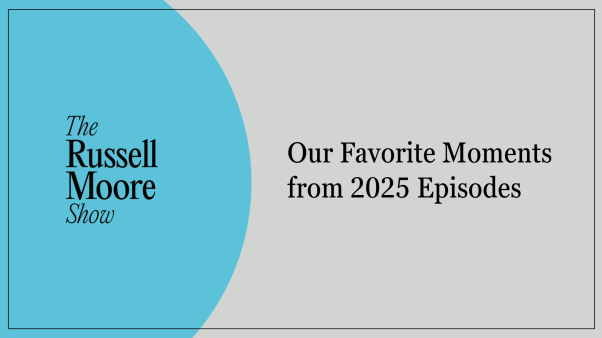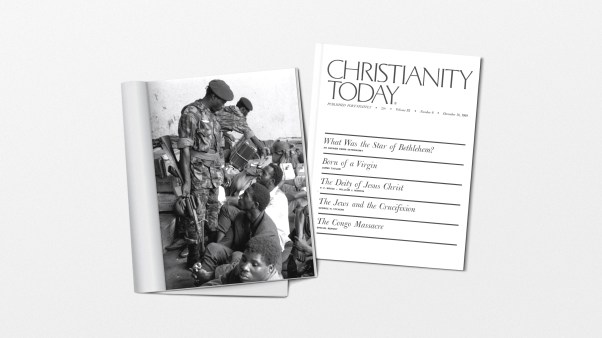The best-selling fiction writer of all time was on her second solo trip in the Kingdom of Iraq in 1930 after a devastating divorce. While visiting friends at an archaeological site, novelist Agatha Christie met the University of London professor Max Mallowan, who would become her second husband and inspire seven novels set in the Near East.
Mallowan was a different sort of detective than the ones Christie often created for her novels. Today we would call him an Assyriologist, an expert in the language and history of the ancient Mesopotamian cultures that wrote Sumerian and Akkadian in cuneiform. Mallowan distinguished himself as an archaeologist directing digs in modern-day Syria and Iraq. When Christie met him, he was working with famed (and soon-to-be knighted) archaeologist Leonard Woolley to excavate a city in southern Iraq.
Mallowan and Woolley found bricks and cylinders buried within buildings’ foundations, inscribed with cuneiform writing. As they read the ancient texts, they realized this city had a name many people would recognize: Ur. Hadn’t God said to Abraham, “I am the Lord, who brought you out of Ur” (Gen. 15:7)?
Like detectives, they put together the evidence and announced that they had discovered the biblical home of Abraham. Soon spectacular artifacts from the excavation were on display at museums in the United Kingdom and the United States, wowing the public. Each exhibit and many reports on their work and their discoveries carried the claim that this site in southern Iraq was the city of the great patriarch.
Unlike the detectives of Christie’s novels, however, the archaeologists were wrong. Ur is like the Springfield of ancient Mesopotamia—many regions had a city with that name. The biblical text itself seems to place Abraham’s city in southern Turkey, where the city we now call Urfa has been inhabited since 9000 BC and where local tradition maintains it was Abraham’s home. In the Middle Bronze Age, the city was connected to Haran and Canaan by a major road. That Ur, long believed to be Abraham’s Ur, is about 1,000 miles from the city that Mallowan and Woolley excavated.
It is unclear today whether the archaeologists made a simple mistake or they knew it wasn’t true. Perhaps, in their minds, they were simply suggesting the possibility that this could be Abraham’s ancient birthplace. They may have felt some pressure to get the public to care about their work and sought to connect the archaeological discoveries, however dubiously, to the public’s limited knowledge of ancient history. Most Westerners, then and now, only encounter the ancient Near East in Sunday school lessons, adventure stories, and fiction of the sort Christie would soon write, with titles including Death on the Nile, They Came to Baghdad, and Murder in Mesopotamia. If the archaeologists couldn’t associate themselves with Hercule Poirot, then tying Ur to Abraham was probably the next-best option for engaging an audience.
They were not the first to make flawed but flashy claims about Bible-related finds. European Christians flocked to the Holy Land in the Middle Ages and announced many discoveries based on unprovable local hearsay, including the location of Ararat and multiple contradictory sites of Christ’s birthplace, crucifixion, and tomb. The construction of churches in many of those places enshrined the early pilgrims’ claims but also made modern archaeological excavation nearly impossible.
Nor were Mallowan and Woolley the last to go beyond the evidence and say they had discovered something without substantial support for that claim. Today, archaeologists face impossible pressures to produce sensational finds or, short of that, clickable headlines. Excavation projects often face severe financial constraints, and dig directors compete for donations and grants. Going public with bold claims of big discoveries that “prove the Bible” is one sure way to get attention, even if research has not yet been completed and the hypotheses are unlikely to be supported by the facts.
Going big and going early leads to an uptick in public interest and in those necessary donations. Unfortunately, it also spreads bad information and can lead to a loss of trust in experts, archaeology, and even the Bible itself when those hypotheses presented as fact are later proven wrong.
Scientists in all fields have been accustomed to years-long processes of discovery, debate (peer review), and then publication because they were concerned with accuracy. We need precision. We need to be able to trust the research, whether it’s for a new drug or new information about the world of Abraham. When history intersects with Scripture, our understanding of that history also impacts how we understand the Bible. Wild claims and bad detective work by archaeologists should be a concern to anyone who cares about God’s Word.
On March 24, 2022, a notification alerted me to a livestreamed press conference. A team of archaeologists was announcing its discovery of a tiny lead “curse tablet” they said contained the oldest Hebrew inscription ever found. They went on to claim that it demonstrated Israelites were capable of writing several centuries earlier than previously thought, which would impact how we understand the development of the biblical texts and language itself.
My jaw hit my desk, not because of the amazing discovery but because of the lack of support for the ostentatious claims. There were no images of the writing available at the press conference, only drawings. The dating of the item wasn’t very clear. It had been found in an excavation trash heap, making it impossible to date with stratigraphy and contextualize with surrounding artifacts. Also, what was it? The archaeologists at the press conference called it a “curse tablet,” but could the tiny piece of folded lead be anything else?
Criticism from world-renowned scientists was quick, and debate continues today. The discoverers have released some high-resolution images of the marks inside the object that they identified as an ancient curse, but that has not convinced other experts. Some say it isn’t a “curse tablet” but a fishing-net weight or something else. Maybe the writing isn’t writing at all but clumsy tool impressions.
Debate will continue about the exact nature and possible importance of this folded piece of lead. However, most people who watched the original press conference and accepted the claims as facts will not follow the back-and-forth debate, the new evidence, and the contested interpretations. If they do hear about the expert criticisms of the extraordinary claims, Christians might just dismiss them as academics attacking the historical veracity of Scripture.
That’s too bad. A public debate could be a good thing, teaching people about the detective work that goes into academically solid archaeological reports. The process of discovering the truth about the ancient past is complicated and time-consuming. It requires attention to detail, discipline, and a lot of care. The slow, dusty work of scraping dirt off dirt and cataloging artifacts can bore the outside observer and sometimes the excavators themselves, but it is necessary as archaeologists work to understand how our ancestors lived.
Sensationalism, on the other hand, is quick, cost-effective, and exciting. “Edutainment” series regularly engage viewers with a few facts and many wild, flawed theories. While they may intrigue and motivate future archaeologists to join the profession, their conclusions can’t be trusted. Viewers must remember such shows are designed to entertain more than to educate, and they should therefore watch with some curiosity and much discernment.
No matter how information about the ancient Near East is packaged and presented—at museums, during press conferences, or on our screens—we as Christians can take responsibility for our responses to big archaeological claims. We who care about the Bible and how it connects to the past and present can learn to evaluate competing claims and come to informed conclusions.
As outside observers, we can begin by asking questions:
- What is fact, and what is interpretation? We need to be able to distinguish the concrete details from the conclusion that is being drawn. There was an Ur in southern Iraq, but calling it “Abraham’s” is interpretation. There was a folded piece of lead at Mount Ebal, but calling it a “curse tablet” is interpretation.
- How careful is the interpretation? Trustworthy scholarship builds a solid case, as does a good detective. Archaeologists should thoroughly consider mountains of evidence and demonstrate that when they offer their interpretation.
- Do other experts agree? Scholars regularly challenge exaggerated claims and present alternative explanations. A press conference with a big claim rarely presents the full story, so we must watch for other interpretations of the facts even when they aren’t promoted as widely as the initial headlines.
- What more is there to learn? Science is rarely settled so long as exploration continues. Even as distant spectators, we can enter into the process of discovery if we are willing to recognize that our current interpretations aren’t facts, there may be new information, and we will need to consider changing our minds.
We will never know everything about the ancient world or the mysteries of the Bible, but the search for better understanding can improve our abilities to discern between fact and fiction, Scripture and tradition. And for Christians, time spent asking questions, detecting answers, and refining our beliefs brings us into closer relationships with the God who created us and the earth we are privileged to investigate.
Amanda Hope Haley studied biblical archaeology under Lawrence Stager at Harvard University and has dug at Tel Ashkelon and Tel Shimron. Her book Stones Still Speak: How Biblical Archaeology Illuminates the Stories You Thought You Knew will be published by Revell in September.
Correction: A previous version of this article incorrectly stated that no epigraphers were involved in the press conference announcing the discovery of a “curse tablet.”













